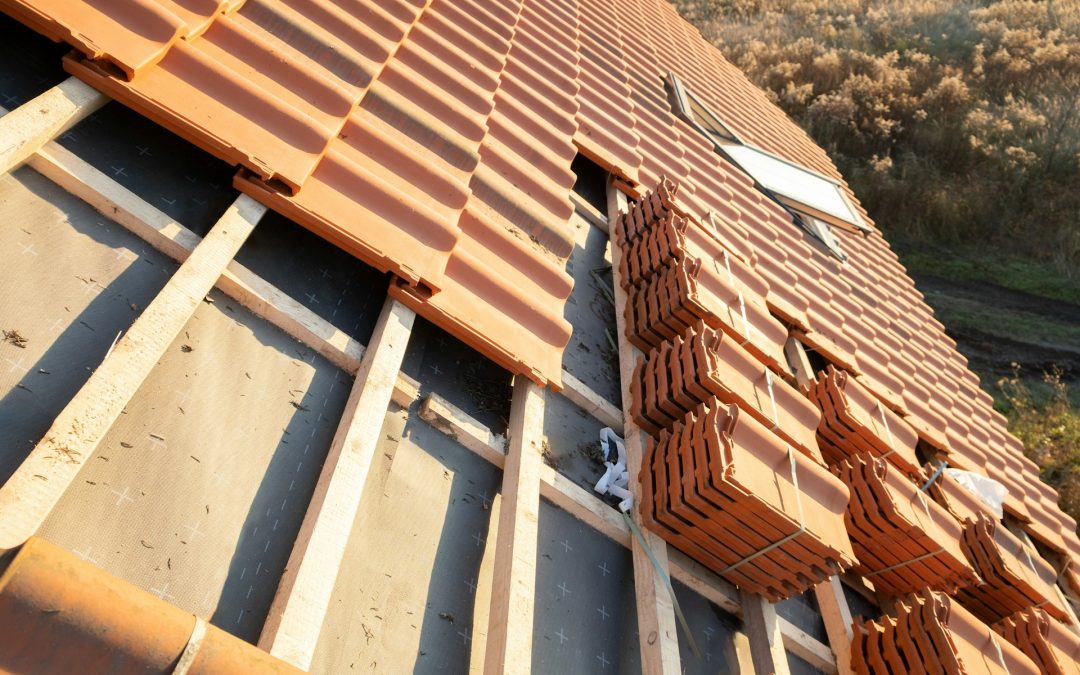Taking care of your roof throughout the year is important for keeping your home protected. Each season brings different challenges that can affect the condition of your roof. By following seasonal maintenance tips, you can prevent small issues from becoming big problems.
Spring Roof Inspection Checklist
Spring is a perfect time to inspect your roof after the harsh winter months. A thorough inspection can help identify and address any damage before it worsens. Here are key points to check during your spring roof inspection:
1. Look for Loose or Missing Shingles: Winter storms can cause shingles to become loose or go missing. Check for any that need replacing to prevent leaks.
2. Inspect Flashing: Flashing around chimneys, vents, and skylights can become damaged, leading to leaks. Ensure it is secure and in good condition.
3. Clean Gutters and Downspouts: Clogged gutters can cause water to back up and damage your roof. Remove any debris to ensure proper drainage.
4. Check for Moss and Algae: Moss and algae can grow during damp seasons and damage your roof. Remove any growth and consider treatments to prevent future issues.
5. Look for Signs of Water Damage: Inspect your attic for any signs of water damage, such as stains or mold. This can indicate leaks that need to be fixed.
6. Examine Roof Vents: Ensure roof vents are clear of debris and in good condition. Proper ventilation helps extend the life of your roof.
Summer Roof Care Tips
Summer brings hot temperatures and strong sunlight, which can affect your roof. Following these care tips can help keep your roof in top shape during the warmer months:
1. Trim Overhanging Branches: Trees can provide shade, but overhanging branches can damage your roof. Trim them back to prevent leaves, twigs, and branches from falling onto your roof.
2. Check for Sun Damage: Prolonged exposure to sunlight can cause shingles to crack and fade. Inspect your roof for any signs of sun damage and replace affected shingles.
3. Keep Roof Clear of Debris: Remove any leaves, twigs, or other debris from your roof. This helps prevent mold growth and ensures proper drainage.
4. Inspect Roof Insulation: Good insulation helps keep your home cool and reduces the strain on your roof. Check the insulation in your attic and add more if needed.
5. Look for Signs of Pests: Summer can attract pests like birds and insects. Check for any signs of nests or infestations and remove them to protect your roof.
6. Schedule a Professional Inspection: Consider having a roofing professional conduct an inspection during the summer. They can spot issues that you might miss and recommend necessary repairs.
Following these tips can help you maintain your roof’s integrity throughout the summer, ensuring it remains strong and reliable.
Fall Maintenance to Prepare for Winter
As fall approaches, it’s important to get your roof ready for the colder months. Proper preparation can prevent winter weather from causing significant damage. Use these steps to prepare your roof for winter:
1. Clean Gutters and Downspouts: Falling leaves can clog gutters, leading to water backup. Clean out all debris to ensure proper drainage and prevent ice dams.
2. Inspect Roof for Damage: Look for loose or missing shingles and any signs of wear. Repair or replace damaged shingles to prevent leaks.
3. Check for Leaks: Examine your attic for signs of water damage or leaks. Fix any issues immediately to avoid winter water damage.
4. Trim Overhanging Branches: Remove branches that could break under snow weight and damage your roof. This reduces the risk of falling debris during storms.
5. Ensure Proper Attic Ventilation: Good ventilation prevents ice dams and helps regulate temperature. Make sure your attic vents are clear and functioning.
6. Seal Any Gaps: Inspect and seal any gaps around chimneys, skylights, and vents. This helps keep out cold air and moisture.
Performing these maintenance tasks in the fall helps ensure your roof is ready to withstand the harsh conditions of winter.
Winter Roofing Care and Safety Tips
Winter weather can be tough on roofs, making proper care essential. Follow these tips to keep your roof in good shape during the cold months:
1. Remove Snow Buildup: Heavy snow can add weight and stress to your roof. Use a roof rake to safely remove excess snow, preventing potential collapses.
2. Prevent Ice Dams: Ice dams can cause leaks and damage. Keep your gutters clean and ensure proper attic insulation to reduce the risk of ice dams forming.
3. Check for Damage: Winter storms can cause damage to your roof. Inspect it regularly for any signs of wear or damage, and address issues quickly.
4. Ensure Safety: Safety is crucial when dealing with your roof in winter. Avoid climbing on your roof during icy conditions. Use a roof rake from the ground.
5. Monitor Attic Conditions: Check your attic for leaks or signs of water damage. Address any problems immediately to prevent further damage.
Taking these steps helps protect your roof and home during the winter months. Regular care ensures your roof remains sturdy and reliable.
Conclusion
Seasonal roof maintenance is crucial for keeping your home safe and secure throughout the year. Each season brings unique challenges, making it essential to stay proactive with roof care. By following these tips for spring, summer, fall, and winter, you can prevent minor issues from turning into costly repairs.
Regular inspections, timely repairs, and preventive measures help extend the life of your roof. Whether it’s cleaning gutters in the fall or removing snow in the winter, each task plays a vital role in maintaining your roof’s health.
Remember, your roof is your home’s first line of defense against the elements. Taking care of it ensures that your home remains a safe haven. For professional assistance with your roofing needs, contact Mike Huddleston Roofing Systems. Our expert team is here to help you with all aspects of roof maintenance. Reach out today to keep your roof in top condition year-round with our residential roofing repair services and more!

